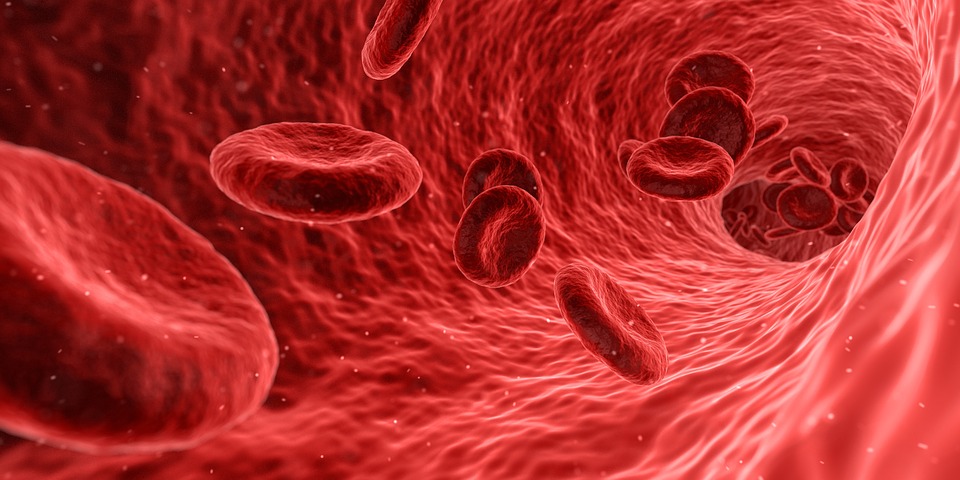Styrax tonkinensis
Benzoin, a member of the Styraceae family, is collected as a resin exuded from the trunk after the bark is cut, and is in solid brown to white brittle pieces. More processing is required to bring the benzoin to liquid form. Benzoin comes from trees native to Thailand and Sumatra, and is an ingredient of incense. Commonly known as ‘friar’s balsam’. Care should be taken to obtain a good quality oil.





